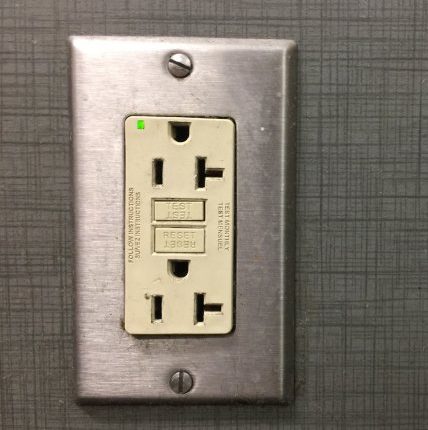C-Bus Y
Member
I hear you, but this works perfectly fine. If we had 2 Teslas then a single wall charger would make more sense. I even turn down the charging rate on my mobile connector to 22 amps to play it safe and start my charging after midnight just incase my wife’s vehicle charges at the same time. Her Volvo maxes out at 12 amps and only takes a few hours. Mobile connector came with my car, not sure why I would buy something else.While it works temporarily that is not a good solution especially using the Y cable. In your situation I would put a sub panel in the garage.
Not saying this about you C Bus but generally speaking I can’t understand why some folks choose to spend over 60k on an EV but try to cut costs with their home charging. Charging should be the number one consideration when purchasing an EV. A potential EV owner needs to figure that piece out before purchasing the EV. I can’t stress enough how important safety is with EV charging. This is NOT a place to try to cut costs or save money.
No need to run another circuit, this works well. To each their own, just be safe with electricity and have a properly fused circuit (GFCI if you use the mobile connector).
On a side note, the fact that all new Teslas don’t come with at mobile connector is cheap as hell. Even if you just store it in your vehicle for trips. Pretty much everything else electric you buy comes with a charging cable. End rant.



